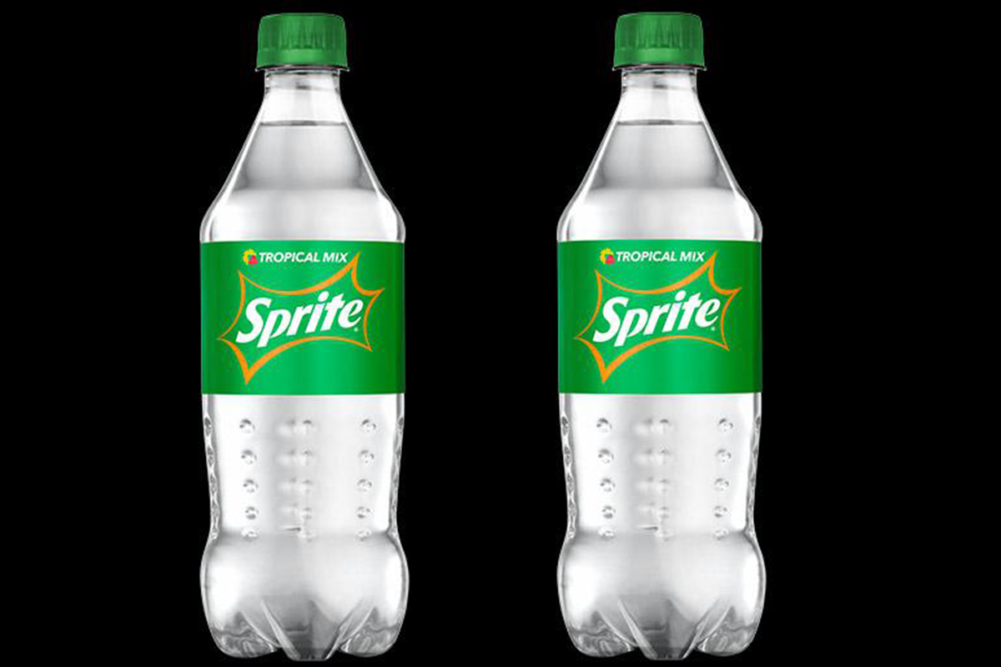ATLANTA — Experimenting with packaging has benefited the Coca-Cola Co. both in its sustainability efforts and in premium categories.
“Since 2017, we’ve introduced more than 100 new and innovative packaging solutions that range from more affordable to more premium, all while supporting our world without waste agenda and delivering products that are convenient and refreshing to drink,” said James Robert B. Quincey, chief executive officer, in a Feb. 22 presentation at the Consumer Analyst Group of New York virtual conference.
Coca-Cola aims to make 100% of its packaging recyclable globally by 2025 and to use at least 50% recycled material in packaging by 2030. Mr. Quincy gave several examples of sustainable packaging.
In Japan, consumers must remove labels from bottles before recycling them. In response, Coca-Cola introduced a label-less bottle, and those bottles have expanded to other countries.
“Take the label-less bottles that were launched to a strong reception in South Korea, iterated with an end-to-end approach in Japan, and they’re now currently expanding,” Mr. Quincey said. “Or Sprite’s green to clear packaging, which enhances recyclability and will be added in 75 markets to get to 120 in 2022.”
In South Africa, Atlanta-based Coca-Cola has invested in generating demand for refillable PET (polyethylene terephthalate) packages by using a universal bottle. Several markets in Latina America initially adopted the universal bottle to drive efficiency of collection, cleaning and filling by offering multiple brands in the same reusable bottle.
Premium packaging came in Germany where package collection rates are high, Mr. Quincey said.
“We work closely with our bottling partner to expand occasions for a high-quality, highly sustainable, returnable glass bottle, driving revenue, customer margin, value share and adding notably 1 million households along the way,” he said.
The packaging actions fall into what Coca-Cola calls “disciplined innovation.”
“We do not mean less innovation,” Mr. Quincey said. “We mean better innovation and bolder decisions, evidenced by our gross profit per launch being up 25% in 2021. A more standardized process takes a balanced approach and starts with the consumer-using advanced analytics to screen in science and identify where we want to learn, iterate and amplify our ideas through many lenses.
“Intelligent experimentation goes beyond new flavors and new brands. It also includes product, package and process. It encourages local markets to test the best ideas in a way that allows us to nurture and scale them, and then in turn, we can expand across geographies faster than before.”



